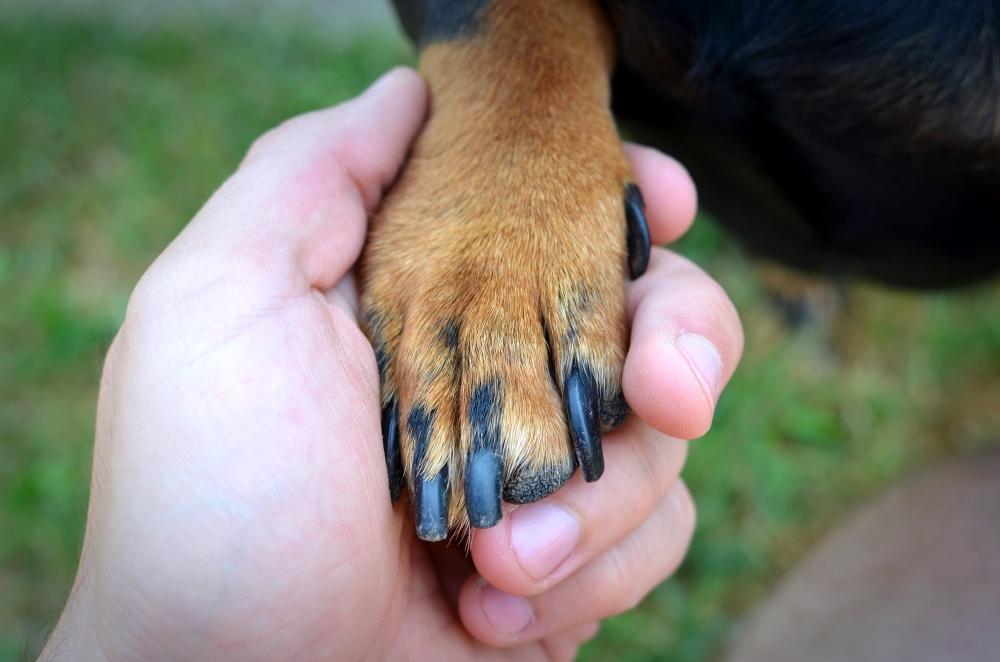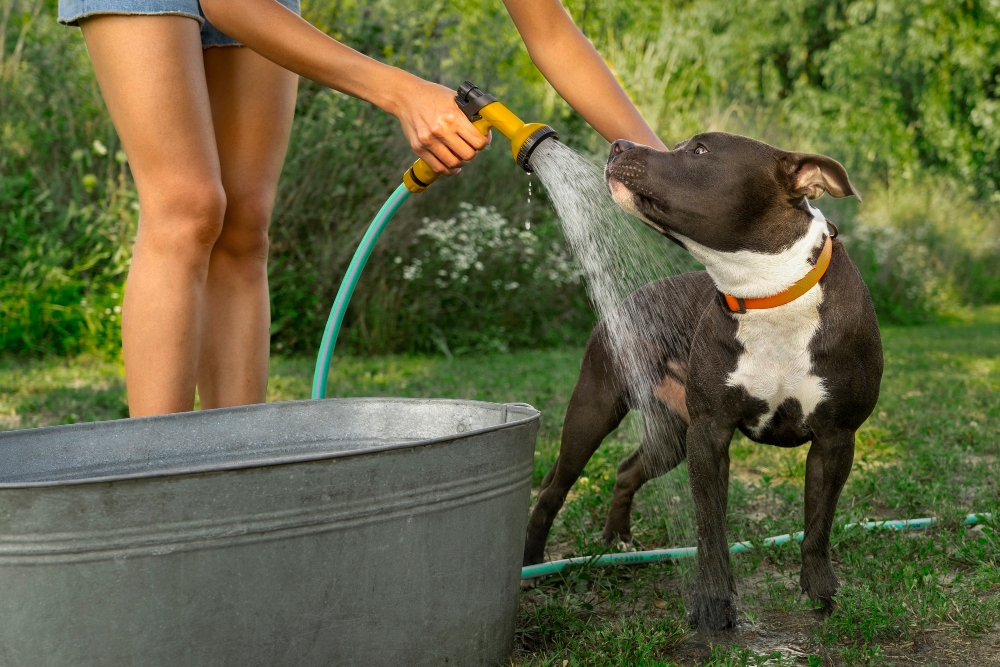A Pet Parent’s Guide to Finding the Best Dog Clothing Stores
Pet owners in the United States are always looking for ways to pamper their pets. Dressing them in luxury dog fashion is a popular trend. Finding the right store for designer pet apparel and high-end pet accessories can be tough with so many options.
Choosing the right dog clothing store is key. It should offer stylish, comfortable clothes and the highest quality. This guide will help you understand the latest trends and must-haves in dog clothing. It will guide you in making the best choices for your pet.
Key Takeaways
- Understanding the importance of quality and style in dog clothing.
- Exploring the latest trends in luxury dog fashion.
- Identifying the best stores for designer pet apparel.
- Learning what to look for in high-end pet accessories.
- Tips for choosing the perfect dog clothing store.
Understanding the Dog Clothing Market
Pet owners are treating their pets like family, leading to a big demand for stylish dog clothes. It's not just about keeping pets warm or dry. It's about showing off their personality.
The dog clothing market has many segments for different needs and tastes. Let's look at what's driving this market.
Trends in Dog Fashion
Dog fashion has grown beyond just keeping pets warm. It's a big industry now, thanks to fashion-forward pet attire and trendy dog wear. Designers are making special lines for pets, just like human fashion.
Some current trends include:
- Luxury dog fashion with high-end materials and designs
- Sustainable and eco-friendly dog clothing
- Customizable dog outfits for special occasions
Importance of Quality in Dog Outfits
Quality is key in dog clothes. Premium dog clothing lasts long, is comfy, and safe for pets. Good materials and making are crucial to avoid irritation and keep pets safe.
Choosing exclusive canine outerwear can really improve a pet's comfort and look. It's about finding the right mix of style and function.
Seasonal Needs for Dog Clothing
Different seasons mean different needs for dog clothes. In cold months, pets need warm, insulated coats. In warm months, they need light, breathable clothes.
Knowing these needs helps pet owners pick the right clothes. This ensures pets stay comfy and stylish all year.
Choosing the Right Dog Clothing Store
Finding the perfect dog outfit starts with the right store. We want our dogs to be comfy, stylish, and happy. The right store can make a big difference.
What to Look for in a Store
When looking for a dog clothing store, quality is key. Look for upscale pet garments and stylish pet jackets that are comfy and last long.
Also, consider the variety of clothes they offer. A good store should have clothes for all dog sizes, breeds, and styles. This way, you can find the perfect outfit for your pet, whether it's for everyday or special occasions like a Gucci dog jacket.
Local Stores vs. National Chains
Local stores and national chains have their own perks. Local stores offer personalized service and unique outfits that can make your dog stand out. National chains, on the other hand, provide consistency and a wide range of products, including the latest trends.
Choosing the right store depends on your needs and preferences. By considering quality, online vs. in-store shopping, and local vs. national options, you can find the perfect outfits for your pet.
Dressing Your Dog for Every Occasion
Dressing your dog is more than just keeping them warm or stylish. It's about making them feel special for any event. The right outfit can change their day, whether it's a casual outing or a big event.
Casual Everyday Outfits
For everyday wear, focus on comfort and practicality. Choose breathable fabrics and outfits that let your dog move freely. We suggest pairing comfy clothes with regular grooming for the best look and feel.
Special Occasion Attire
For special events like weddings or holidays, go for something more formal or themed. But make sure the outfit is still comfy and safe for your dog.
At Chewbarka Grooming, we know that pet fashion is more than just adorable—it’s a way to express your pup’s personality and show just how much they mean to you. That’s why we’re proud to offer select luxury pieces like the Gucci dog jacket, combining high-end design with everyday comfort.
For more info, call (817)396-7433 or email [email protected].
FAQ
Q: What are the benefits of dressing my dog in luxury dog fashion?
A: Dressing your dog in luxury fashion makes them stylish and comfortable. Our premium clothes keep them warm and cozy. They also make a fashion statement.
Q: How do I choose the right designer pet apparel for my dog?
A: Consider your dog's breed, size, and style when picking clothes. Think about the occasion and weather too. For example, a Gucci dog jacket should be stylish and practical.
Q: What is the difference between exclusive canine outerwear and regular dog clothing?
A: Exclusive outerwear is made with top-quality materials. It's more stylish and unique than regular clothes. It's perfect for special occasions or as a statement piece.
Q: Can I shop for dog clothing online or do I need to visit a physical store?
A: We offer online and in-store shopping. Browse our stylish pet jackets online or visit a store to try them on. You'll feel the quality.
Q: How do I care for my dog's premium dog clothing?
A: Follow the care instructions for each piece. Usually, hand washing or dry cleaning is best. This keeps the clothes looking great.
Q: Are there any specific considerations I should keep in mind when dressing my dog for different weather conditions?
A: Dress your dog in layers for changing weather. Add a waterproof jacket for rain or a warm coat for cold. Consider their needs, like material sensitivity or allergies.
Q: Can I customize my dog's fashion-forward pet attire?
A: We offer customization for some outfits. Contact us for custom orders. We'll help create a unique outfit for your dog.









